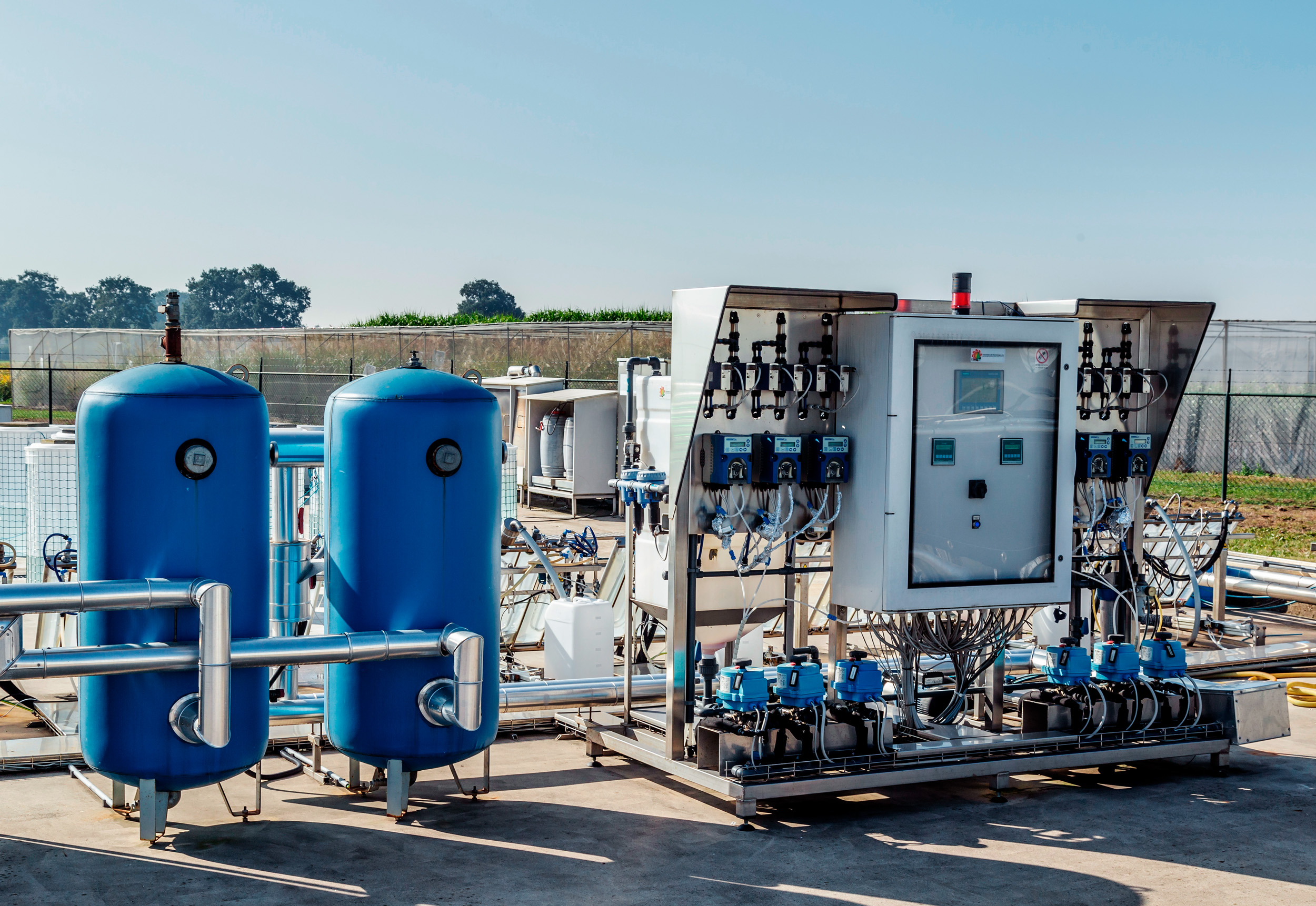Brazilian scientists lead the world in research to identify the most effective strains of yeast or bacteria for coffee processing — and they are applying controlled fermentation to pulped natural and naturally processed coffees as well as to fully washed coffees, blurring the lines between the different processing methods. Brazilian researchers were the first to perform a controlled study of inoculation with lactic acid bacteria (Pereira et al 2016). The result was a more complex, fruitier coffee with a fuller body and a cup score increase of 8 points.
They have also identified yeast cultures that can increase the sweetness and complexity of coffee (Bressani et al 2021) or introduce caramel flavours (Evangelista et al 2014), fruity flavours (Bressani et al 2018), or floral and vanilla notes (De Melo Pereira et al 2015). Inoculating coffee with yeast can reduce astringency (Ribeiro et al 2017) and increase cup scores by 5 points (da Mota et al 2020).
 Industrial-scale bioreactors like this one provide a controlled environment for fermentation and could be the future of coffee processing. The bioreactor pictured is used to produce algae as a source of biomass.
Industrial-scale bioreactors like this one provide a controlled environment for fermentation and could be the future of coffee processing. The bioreactor pictured is used to produce algae as a source of biomass.
Taking the concept a step further, Brazilian researchers have proposed using a specialised type of container called a stirred-tank bioreactor for the fermentation process. Bioreactors allow precise control of conditions such as temperature and pH in the fermentation tank. Most importantly, the tank allows the producer to choose the amount of aeration, switching between an aerobic phase that encourages the culture to grow rapidly and an anaerobic phase that induces bacteria and yeast in the tank to begin fermentation. This process increased the cup score of a coffee from 82.5 to 85.5 points using only naturally occurring yeasts. When combined with inoculation with a specific yeast strain, the resulting coffee scored 91.5 points (de Carvalho Neto et al 2014).